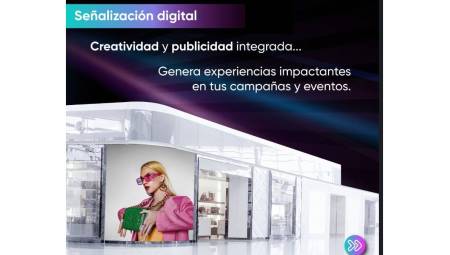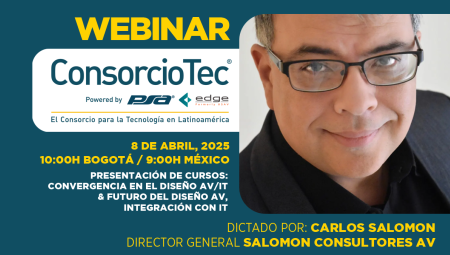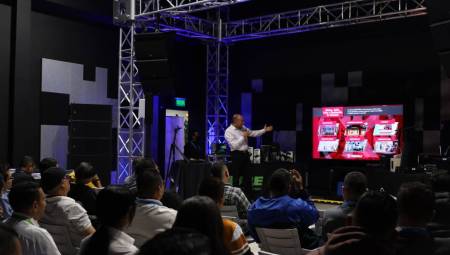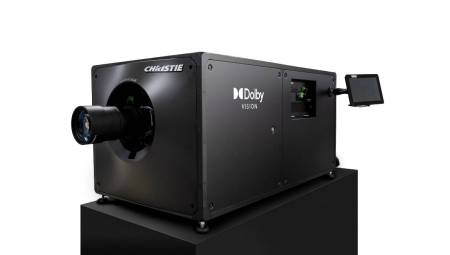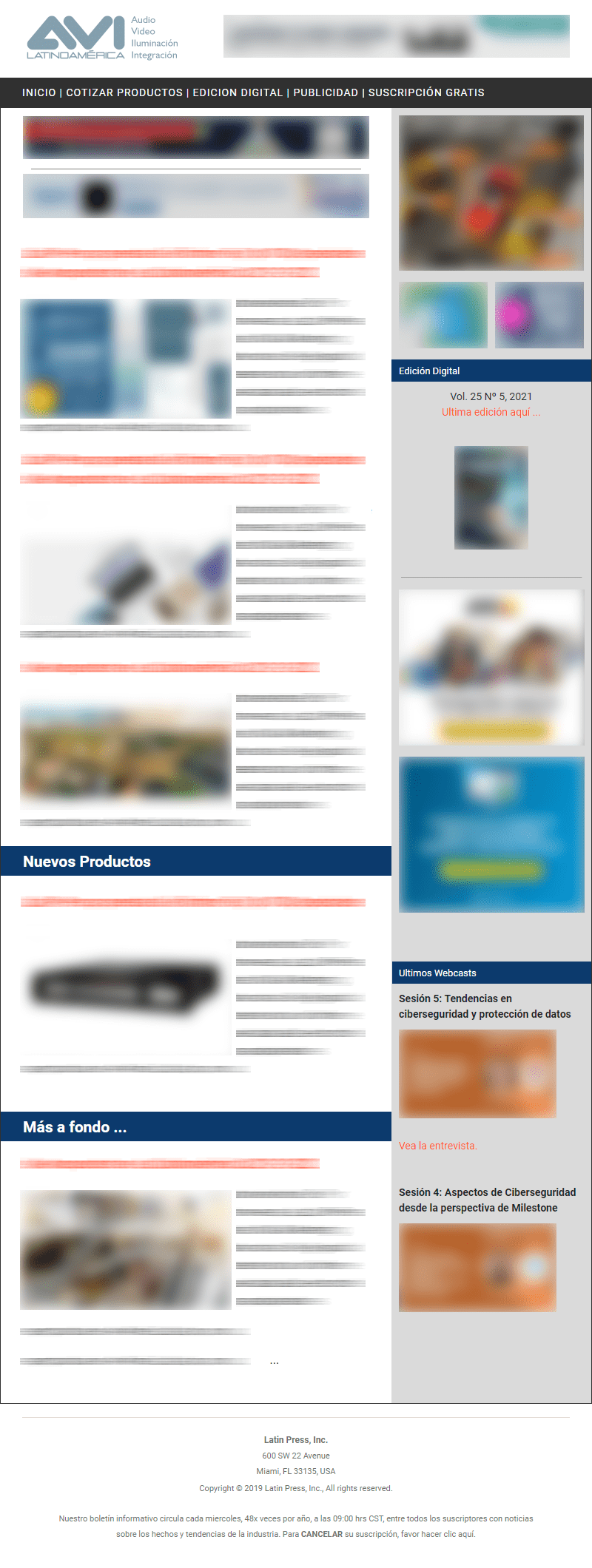 Latin America. Healthcare organizations face problems on a daily basis. With advances in technology, changing financial models, consolidation, and new regulations constantly redesigning the competitive environment, healthcare systems require new tools and workflows that promote optimal flexibility and collaboration to stay ahead of the curve.
Latin America. Healthcare organizations face problems on a daily basis. With advances in technology, changing financial models, consolidation, and new regulations constantly redesigning the competitive environment, healthcare systems require new tools and workflows that promote optimal flexibility and collaboration to stay ahead of the curve.
"The problems that most hospitals and health systems face today are not a lack of data," said Mike Sklar, Barco's Vice President of Health Care for the Americas. "In fact, there has been an exponential increase in data from both clinical and operational sources. The real challenge is to make that data meaningful and available to people wherever they work, who can use it to generate better results."
The growing healthcare portfolio is providing valuable insights into how hospitals and other organizations are adapting to the new normal. These leaders focus on solutions that create real-time shared contexts for decision-making teams, visualize vast amounts of data to produce actionable insights, and enable location-independent workflows that extend collaboration beyond a hospital's walls.
Shared data, shared context
One obstacle in the digital transformation of healthcare is the persistence of data silos. When physicians and decision makers are required to consult multiple systems, data sources, and screens, they often lose operational knowledge— a comprehensive view of a patient, department, or facility at any one time. Therefore, forward-thinking organizations are investing in technology that can bring data together in one place, with a lot of meaning.
This need explains the growing popularity of clinical command centers. From a central location, healthcare system leaders and decision makers can monitor patient flows, manage capacity, allocate resources, and reduce wait times for patients. Similarly, multi-screen systems and video walls are being deployed in key clinical areas to overcome silos and provide greater context and continuity for patient care.
"The overall goal is to extend operational knowledge to all members of the care team," Sklar said. Petabytes of patient data will not provide great insight to providers unless the data can be visually integrated, allowing clinicians to make better decisions in real time.
"Petabytes of patient data will not provide great insight to providers unless the data can be visually integrated, allowing clinicians to make better decisions in real time." Mike Sklar, Vice President of Healthcare, Americas on Barco.
That same information can also enhance collaboration in formal clinical settings, such as the Tumor Committee, which increasingly includes both on-site and remote participants. Given the diversity of member backgrounds, it is critical that meeting management technology can format any content (images, video, audio, or interactive data visualizations) for optimal viewing across all connected devices. Similarly, meeting participants should be able to present their data and conclusions to their colleagues at the click of a button, whether they are viewing them from a remote laptop or from a central boardroom screen. This allows participants both remotely and on-site to view exactly the same content. And it often eliminates the need to transfer images and data between systems or sites.
Expanding collaboration
Remote reading technologies give another example of how healthcare systems can remove physical barriers to optimize patient care, improve operations, and respond to new developments with maximum flexibility. By virtualizing the radiology department, allowing radiologists to provide the same quality care from anywhere, hospitals are reducing on-site expenses and reusing valuable space.
Regardless of where they work, radiologists and physicians still need superior image quality with reliable, worry-free calibration and quality assurance to make safer decisions. Hospitals must therefore invest in both clinical tools that enable remote work, such as DICOM-compliant diagnostic monitors, and the operational capabilities needed to ensure that patient data is secure and that remote devices can be managed and maintained remotely.
Beyond the clinical advantages offered by remote reading, health systems value the operational benefits. "On-call, weekend and evening shifts, for example, can be done at home rather than in the hospital. As millennials and digital natives are entering the workforce, reading at home is becoming a standard benefit in hiring radiology," said Barco' expert. It is also an approach that has proven especially effective during the COVID-19 pandemic, when health systems suddenly needed a remote workforce while continuing to provide intensive care to both infected and uninfected populations.
Achieve the quadruple goal
No single technology or tool can improve collaboration between healthcare professionals and decision makers. But an approach that emphasizes the importance of shared contexts and visualized data can help healthcare professionals prioritize their IT investments and resources.
Clients know that new operational knowledge is enriched by visual context and produces better clinical workflows, greater collaboration, and thus better outcomes, as it helps healthcare professionals achieve the quadruple goal of healthcare: to improve the patient care experience, the health of populations, reduce the per capita cost of health care and increase the experience of the health professional.





